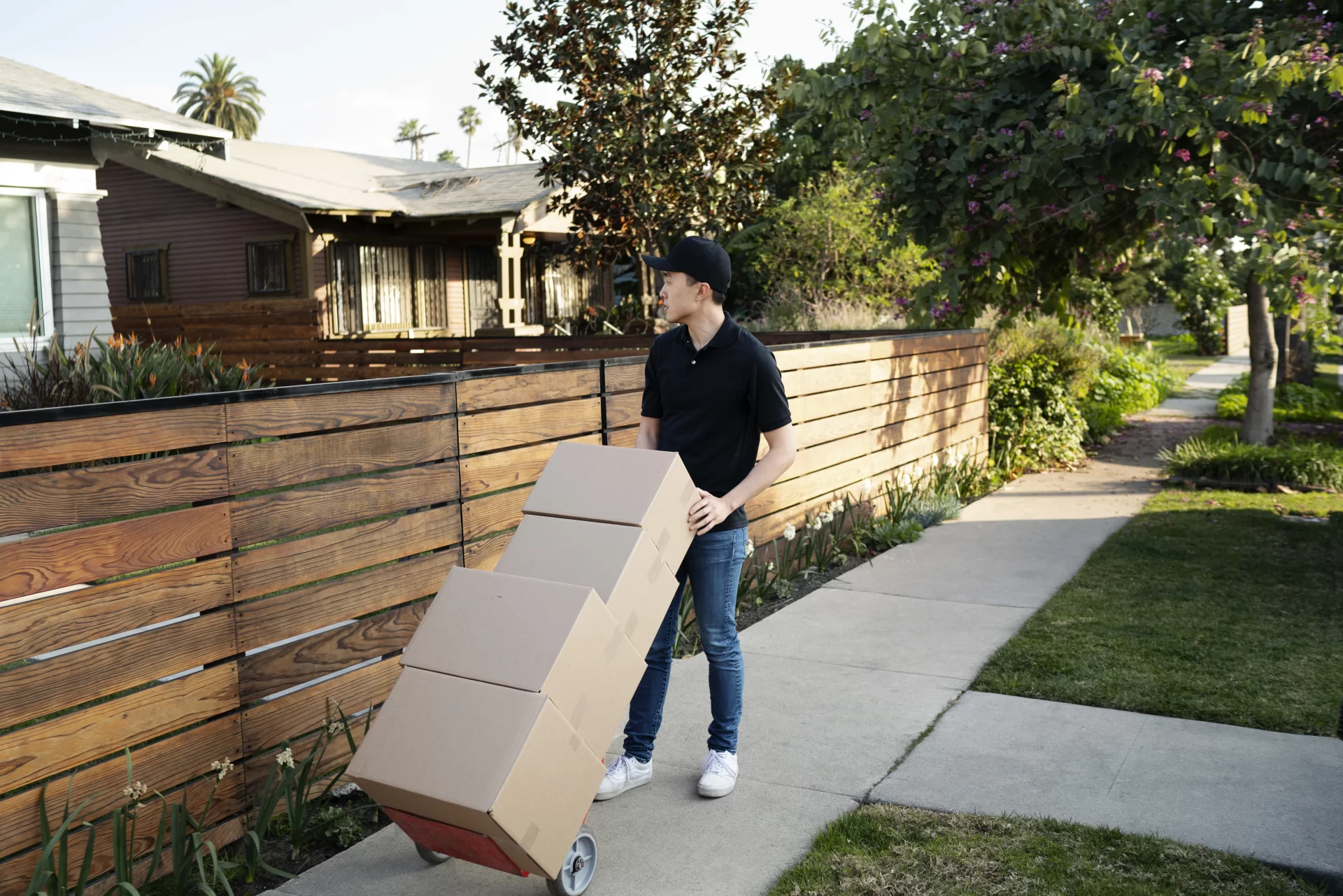Packing Instructions for Safe Transportation of Belongings
Ensuring the safe transportation of your belongings during a move requires careful packing and preparation. Proper packing techniques help prevent damage and keep items organized. Whether you’re handling fragile items, heavy furniture, or important documents, following the right packing methods is crucial for a smooth relocation.
1. Organize and Plan Before Packing
Begin by creating a packing plan. Sort through your belongings and decide which items you’ll be taking with you. Declutter by getting rid of unnecessary items, and organize what’s left into categories. This approach will not only make packing more efficient but will also save time when unpacking in your new location. Start packing non-essential items early, leaving the essentials for last. Label each box clearly with its contents and the room it belongs to, which will make the unpacking process smoother.
2. Use Quality Packing Materials
Investing in the right packing materials is essential for protecting your belongings. Choose sturdy, high-quality cardboard boxes that can withstand the weight and pressure of stacking during transportation. Wrap fragile items in bubble wrap or packing paper to prevent breakage, and fill any empty spaces in boxes with soft materials like towels or old clothes to avoid items shifting during transit. Use strong packing tape to securely seal boxes, ensuring they don’t open while being moved.
3. Packing Fragile Items
When packing fragile items like glassware, dishes, or electronics, extra caution is needed. Wrap each item individually in bubble wrap or packing paper and place them in a sturdy box. Make sure to pack these items tightly to prevent movement inside the box. Use dividers for glassware and dish sets to add extra protection, and place the heaviest items at the bottom of the box with lighter items on top. Always mark boxes with fragile items as “FRAGILE” to ensure they are handled with care during the move.
4. Protecting Furniture and Large Items
For large furniture pieces, disassemble them when possible to make transportation easier and reduce the risk of damage. Keep all screws and small parts in labeled bags, so they don’t get lost during the move. Cover furniture with protective blankets or pads to prevent scratches and dents. If you’re moving upholstered furniture, use plastic wrap or specially designed covers to protect it from dirt and moisture.
5. Packing Electronics and Appliances
Electronic devices such as computers, televisions, and kitchen appliances require special care. Whenever possible, pack electronics in their original boxes. If those aren’t available, use boxes of similar sizes and fill any gaps with padding to prevent the items from shifting. Label all cables and wires, and keep them in a separate, labeled bag to avoid confusion when reassembling. For large appliances like refrigerators or washing machines, make sure they are unplugged and drained before the move.
6. Securing Important Documents
Important documents such as birth certificates, contracts, and medical records should be packed separately in a waterproof folder or container. Keep these documents with you rather than placing them in the moving truck to ensure they remain safe and accessible. For added protection, consider digitizing important files and storing copies in the cloud.
7. Packing Heavy Items Safely
When packing heavy items like books, kitchenware, or tools, distribute the weight evenly among smaller boxes. Overpacking large boxes with heavy items can make them difficult to move and increase the risk of injury or damage. Use sturdy boxes and reinforce the bottom with extra packing tape for added security. Lift boxes with proper techniques to avoid strain, and consider using a dolly or hand truck for moving particularly heavy items.
8. Labeling and Organization
Proper labeling of boxes is essential for an organized move. Clearly label each box with its contents and the room it belongs to. This will help movers place boxes in the correct areas of your new home, saving time during unpacking. Additionally, marking boxes that contain fragile items or important belongings with specific instructions like “Handle with Care” will ensure they are given the appropriate attention during the move.
9. Loading the Moving Truck
When loading the moving truck, place the heaviest and sturdiest items at the bottom, followed by medium-weight and lighter items on top. Ensure that fragile boxes are placed in a safe location where they won’t be crushed by heavier items. Use tie-downs or straps to secure furniture and large items, preventing them from shifting or falling during transportation. Fill any empty spaces with soft items like pillows or blankets to add extra cushioning.
Conclusion
By following these packing instructions, you can protect your belongings and ensure a smooth, safe transportation process. With careful planning, quality packing materials, and proper organization, your items will arrive at your new location in the same condition they left. Taking the time to pack properly can prevent unnecessary damage and make your move far less stressful.









